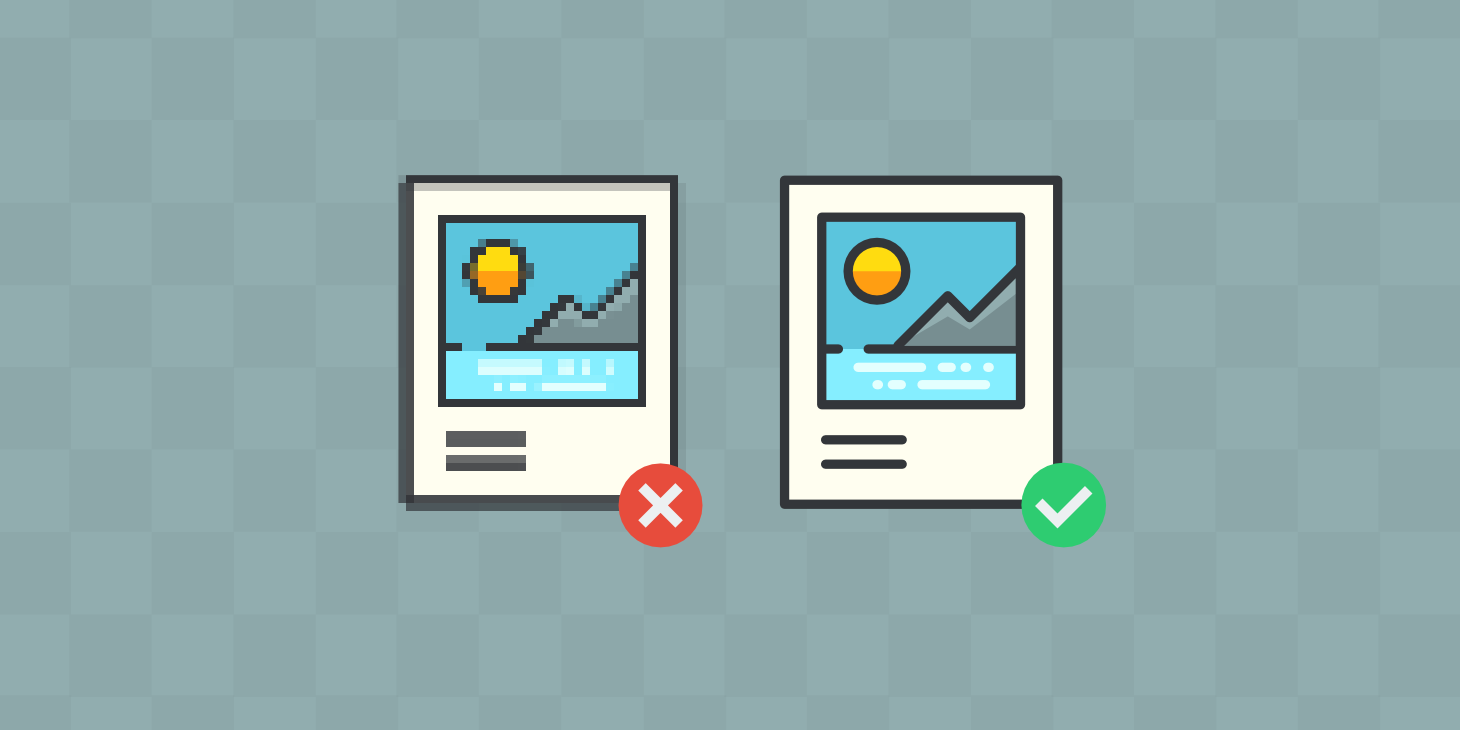
Mastering Image Optimization: A Guide to Enhancing Website Performance
Created on 28 April, 2024 • 2 minutes read
Mastering Image Optimization: A Guide to Enhancing Website Performance
In today's digital landscape, where attention spans are shorter than ever, website performance is paramount. One of the most crucial aspects of optimizing a website for speed and user experience is image optimization. Images play a significant role in attracting and engaging visitors, but if not optimized correctly, they can also slow down your site and frustrate users. In this guide, we'll delve into the importance of image optimization and explore best practices to ensure your website loads quickly without sacrificing visual quality.
### Why Image Optimization Matters
1. **Page Load Speed**: Studies show that users expect websites to load in two seconds or less. Large, unoptimized images can significantly slow down page load times, leading to increased bounce rates and lower conversions.
2. **Mobile Responsiveness**: With the rise of mobile browsing, optimizing images for various screen sizes and resolutions is crucial. Mobile users are even more sensitive to slow loading times, making image optimization essential for providing a seamless experience across devices.
3. **SEO Benefits**: Optimized images can improve your website's search engine ranking. Search engines consider page load speed as a ranking factor, and optimized images contribute to faster loading times, enhancing your site's overall SEO performance.
### Best Practices for Image Optimization
1. **Choose the Right Format**: Selecting the appropriate image format is the first step in optimization. JPEG is ideal for photographs and images with complex colors, while PNG is best for images with transparency or simple graphics. For vector images, consider using SVG to maintain scalability without compromising quality.
2. **Resize Images**: Scale images to the dimensions needed for display on your website. Avoid using large images and then resizing them using HTML or CSS, as this can increase load times. Use image editing tools to resize images before uploading them to your site.
3. **Compress Images**: Compressing images reduces file size without significantly impacting visual quality. There are various compression tools and plugins available that can automatically compress images without compromising their appearance. Aim for a balance between file size reduction and image clarity.
4. **Optimize Alt Text**: Alt text is essential for accessibility and SEO. Describe the image accurately and concisely, using relevant keywords when appropriate. Alt text not only helps visually impaired users understand the content but also improves your website's search engine visibility.
5. **Lazy Loading**: Implement lazy loading to defer the loading of images that are not immediately visible to the user. This technique prioritizes the loading of images above the fold, improving perceived page load speed. Many content management systems and JavaScript libraries offer built-in lazy loading functionality.
6. **Utilize Responsive Images**: Use responsive image techniques to serve different images based on the user's device and screen size. This ensures that users receive appropriately sized images, optimizing both performance and visual quality across devices.
7. **Content Delivery Networks (CDNs)**: Consider using a CDN to deliver images efficiently to users around the world. CDNs cache images on servers located closer to the user, reducing latency and improving load times.
### Conclusion
Image optimization is a critical aspect of website performance optimization. By following best practices such as choosing the right format, resizing, compressing, and optimizing alt text, you can significantly improve your site's load times without sacrificing visual quality. Implementing techniques like lazy loading, responsive images, and utilizing CDNs further enhances performance across devices and geographical regions. By prioritizing image optimization, you can create a faster, more engaging web experience for your visitors while boosting your site's SEO performance.